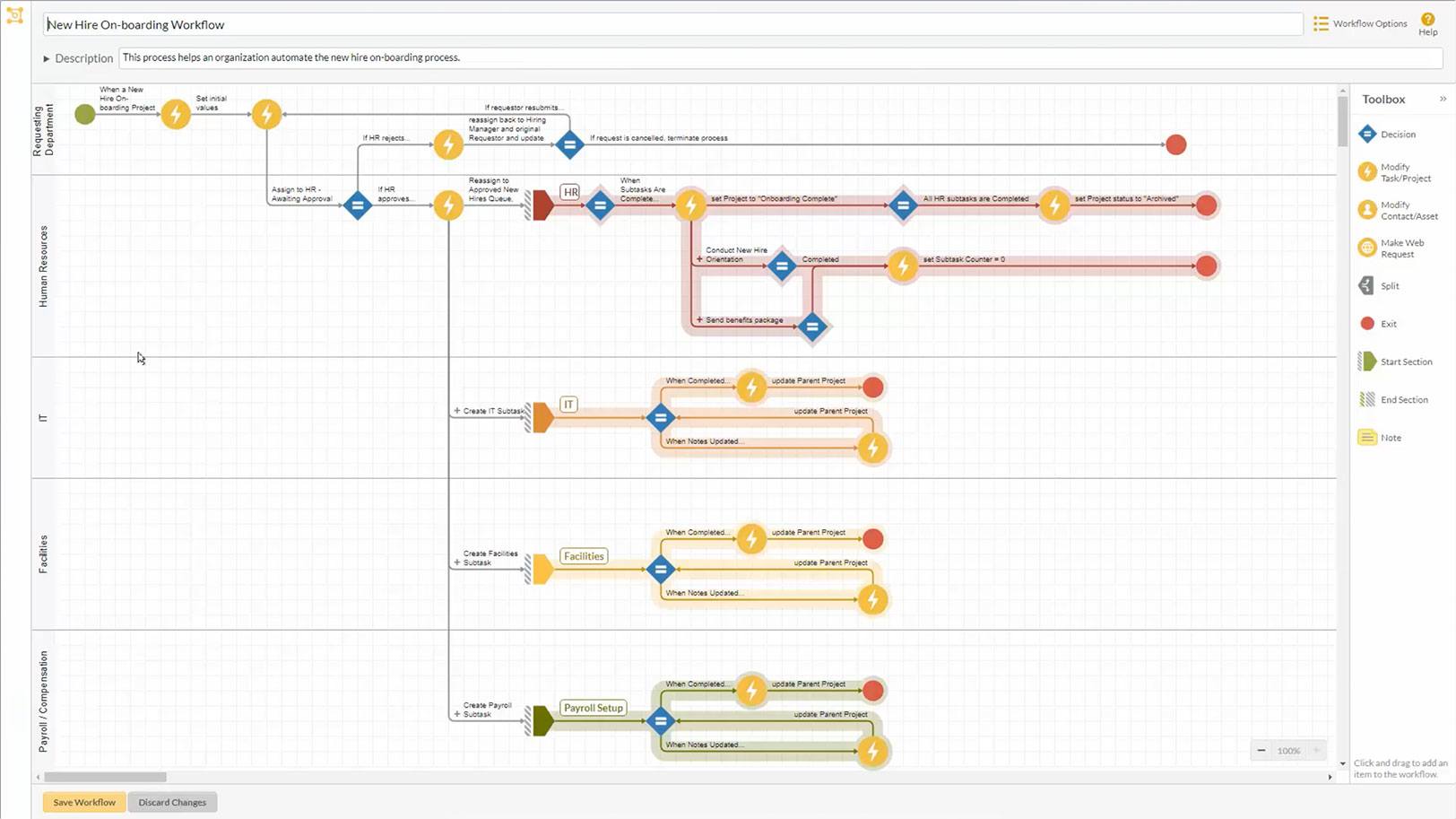We had the very recent opportunity to pitch HighGear against PegaSystems this week, and it was illuminating to see the differences close up between the two solutions. HighGear is the pioneer of Lean BPM or No-Code BPM, whereas PegaSystems is one of the big players in the traditional BPM space.
Obviously, we want to see HighGear deployed for this customer, and frankly I think it is the better solution in this instance, nevertheless Pega is still a very good BPM solution and not to be taken lightly.
Here are some of the differences between the two solutions we found upon close examination.
Who Develops Workflows and Business Processes?
The major issue to my mind is not the technical differences between the two, but rather the approach behind them.
Pega requires heavy dev and specialist IT assistance to stand-up, and it is not unusual for the likes of Accenture and Cap Gemini to be pulled into the mix for larger deployments.
HighGear does not require any such input, and instead, the ability to create workflows and push them live into the operational environment is placed firmly in the hands of business operations staff, and the people working within the various organizational departments.
This means Pega cannot readily deploy business processes, and nor can staff quickly change or add new workflows to the live environment, at least not without some heavy-hitting dev firepower, and that gets very expensive, very quickly.
HighGear delivers the ability to design and push business processes live into the operational environment, and puts this directly into the hands of the staff who are managing and working with these processes. There is zero need for IT or coding specialists, which relieves the burden on IT as well as saving a great deal of cost plus ensuring greater agility in business operations.

Cost
I haven’t seen the quote provided by Pega, but I believe they will be quoting in the range $200-$240 per seat per month for their solution (Pega keeps its pricing a closely guarded secret).
This compares with around $49 per seat per month for HighGear, and one of the things the CIO picked up on, is that you can have a user work with HighGear and ( providing they do not have more than 5 open tasks at any given time) the license is free.
TCO for HighGear is much less too for HighGear when compared to Pega: Pega operates the PegaSystems Developer Network (PDN) and this is pretty much a closed shop. You cannot gain access without paying for the privilege and the cost of access, or of retaining a PegaSystems professional is pretty high. I suspect Pega is following the IBM model of selling the solution, and then making a lot of money off of training and support.
I suspect you can double the monthly user fee to take into account training and support plus developer assistance you will need with Pega.
HighGear training and support costs a fraction of that charged by Pega and its PDN.
BPM Functionality
The client pointed out one difference between Pega and HighGear, and that was the ability to customize the UI color scheme in Pega. Currently, you can’t do this with HighGear though for some customers who want it, they have changed format, logos and color schemes around to suit their own requirements.
One question aimed at us during the pitch was an obvious plant by Pega’s reps: we were asked whether HighGear can split a process into multiple branches, and then recombine back into a single flow again.
Yes, HighGear can do this and we set the workflow up on-the-fly in front of their assembled team to prove this.
As part of our prep, we looked at the thoughts of Jim Sinur, a former Gartner analyst and a notable, independent thinker on matters BPM. Here is what he had to say about Pega Systems [Jim Sinur, Appian and Pegasystems – Head to Head Comparison 2/24/2014]:
“Because Pega is feature rich and can handle most process uses cases that might face any organization, it might take longer to learn such a facility. Though Pega has been focused on ease of use for nearly a decade, there is a lot to make easy to use. Usually the implementations are deeper and richer, so a world-wide partner, like Accenture or CAP Gemini, might be needed. With that in mind, listed below are some of the Pega challenges:”
- Initial spool up time for Pega is longer
- Time is needed for reuse strategies unless provided by a partner
- Time is needed for change strategies unless provided by a partner
- Pega can be more expensive initially
- Time for integration must be planned, unless the process is stand alone
Customer Impressions
I took away two customer impressions from the pitch and this is purely my opinion and feel of how the meeting went on Monday.
First, there appears to be a consensus that Pega Systems UI is dated and heavily administrative. You can do a lot with it, but it felt old to the client audience. More than this, creating custom forms and workflows was a lot harder to do in Pega compared to HighGear.
Second, there was some initial skepticism that HighGear could deliver what they were looking for given the far lower price tag. This is a frequent issue for us, where we show prospects what HighGear can do and then explain we’re going to be charging 20-30% of what a traditional BPM solution is going to charge.
There has to be a catch?
Fact is there isn’t one – welcome to the era of Lean BPM, where you can stand up HighGear which will deliver 80% of traditional BPM functionality for 20% of the cost and deploy in 10% of the time.
That pretty much sums up the main differences between Pega and HighGear.
